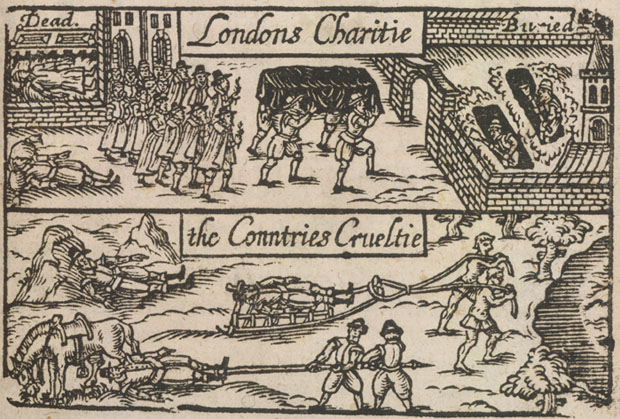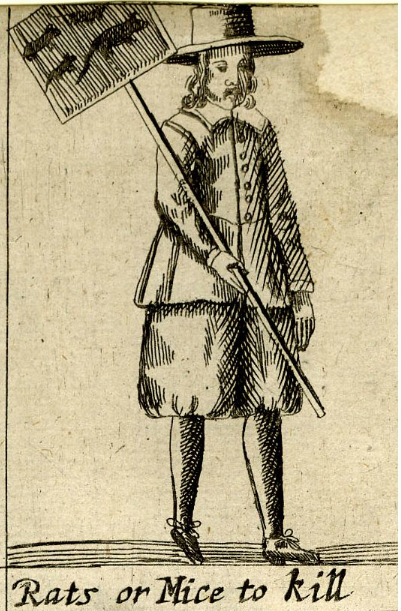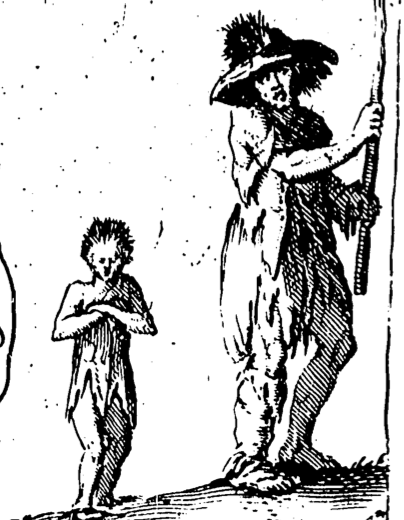…and the Old-Baily: or The proofs, examinations, declarations, indictments, conviction, and confessions of I. Collins, and T. Reeve, two of the Ranters taken in More-lane, at the Generall Sessions of gaol-delivery; holden in the Old-Baily the twentieth day, of this instant Ianuary, the penalties that are inflicted upon them. The proceedings against one Parson Williams for having four wives, and Iohn Iackson a Scots minister, condemned to be drawn, hanged, and quartered, for proclaiming Charles Stuart, King of England, with the strange and wonderfull judgement of God shewed upon one T. Kendall, a Ranter in Drury-lane who fell down dead as he was affirming that there is no God, or hell to punish. Published according to order

A scurrilous 17th century tabloid, published in London in 1652, although someone has handwritten 1650 on the cover. The text details criminal trials in London the previous week and include John Jackson a Scots minister sentenced to death for supporting King Charles, ‘one Williams’, convicted of multiple bigamy, and two ranters arrested for ‘blasphemy’ in Moor Lane. The scene is pictured on page three along with a rather racy description.

The text says ‘Collins, Reeves and others were sat at table eating a piece of beef. One of then took it in hand and tearing it assunder said to the others “This is the flesh of Christ, take and eat” The other took a cup of ale in his hand and threw it into a Chimney Corner saying ‘This is the blood of Christ“. And having some discourse of God it was proved that one of these said “That he could go into the House of Office and make a God every Morning“. By easing of his body and blowing through two pieces of Tobacco Pipes he said “That was the Breath of God“. There was also proved many other Blasphemous Words and uncivil behaviour, as the kissing of one another’s Breeches, more lively represented by this figure: (naughty picture alarm, but notice the length of his shirt tails)

The bad people (crime never prospers children) were punished to six months in prison. The chap above has separated the breeches and doublet by unhooking the two and is holding up the long tails of his shirt. The naughty lady has a nice coif, a waistcoat and petticoat plus I suspect an apron and kerchief.
Further on in the text is the story of another Ranter, Mr Kendall who was caught and tried for lewd behaviour in Drury Lane, discoursing with a woman whom he called his Fellow Creature (I think we all know someone like Mr Kendall) and was persuading her to have his pleasure with her and said there was no God or Divell, affirming that all things come through Nature. Here he is in pictures.

Neither did Mr Kendall prosper, even in his smart suit and cloak, for no sooner had he made the appointment than he was struck dead on the spot. As the text goes on to say, “A Sinner doeth wickedly an hundred times and his Dayes be prolonged yet remember for all this he must come to Judgement“.
Quite


 Loe here a woman comes in charitie
Loe here a woman comes in charitie











